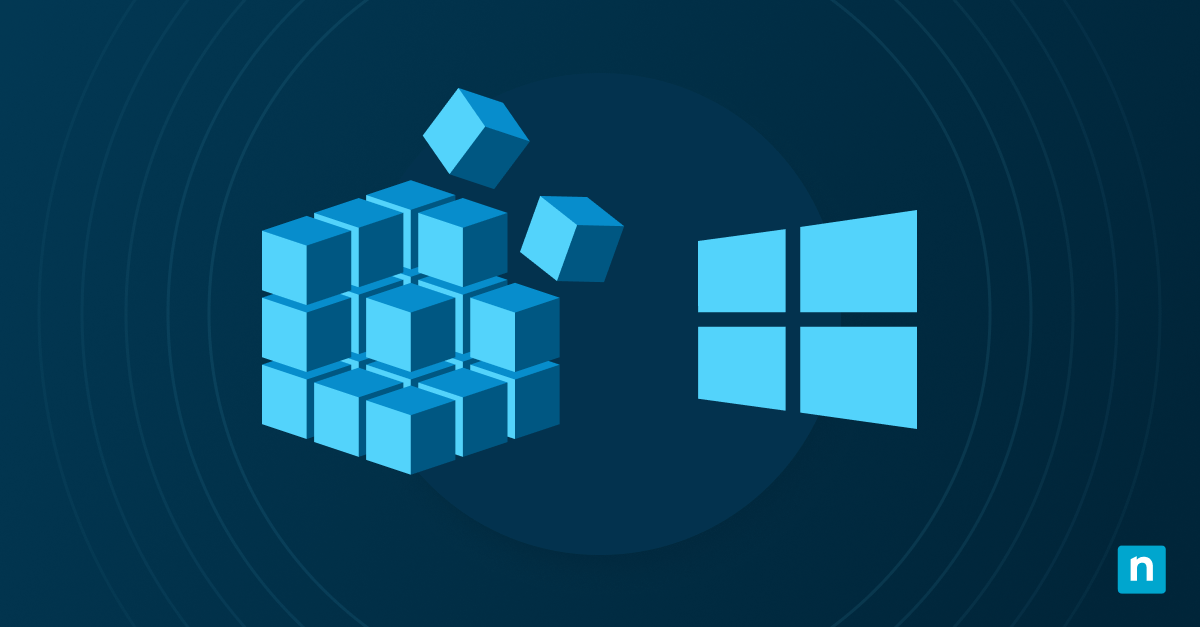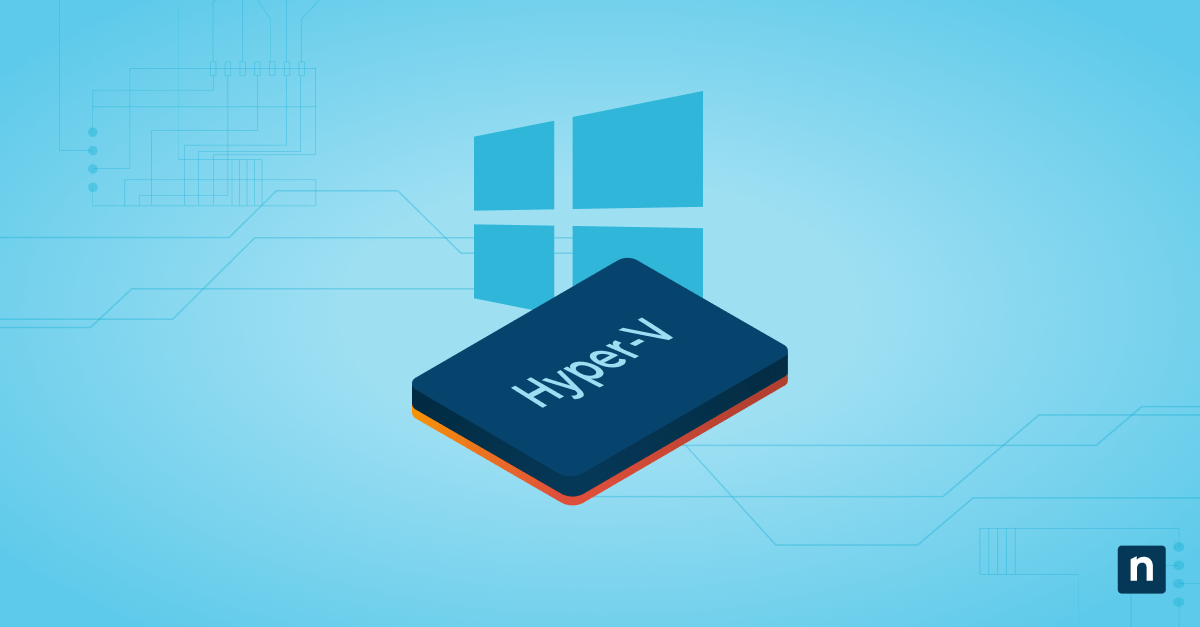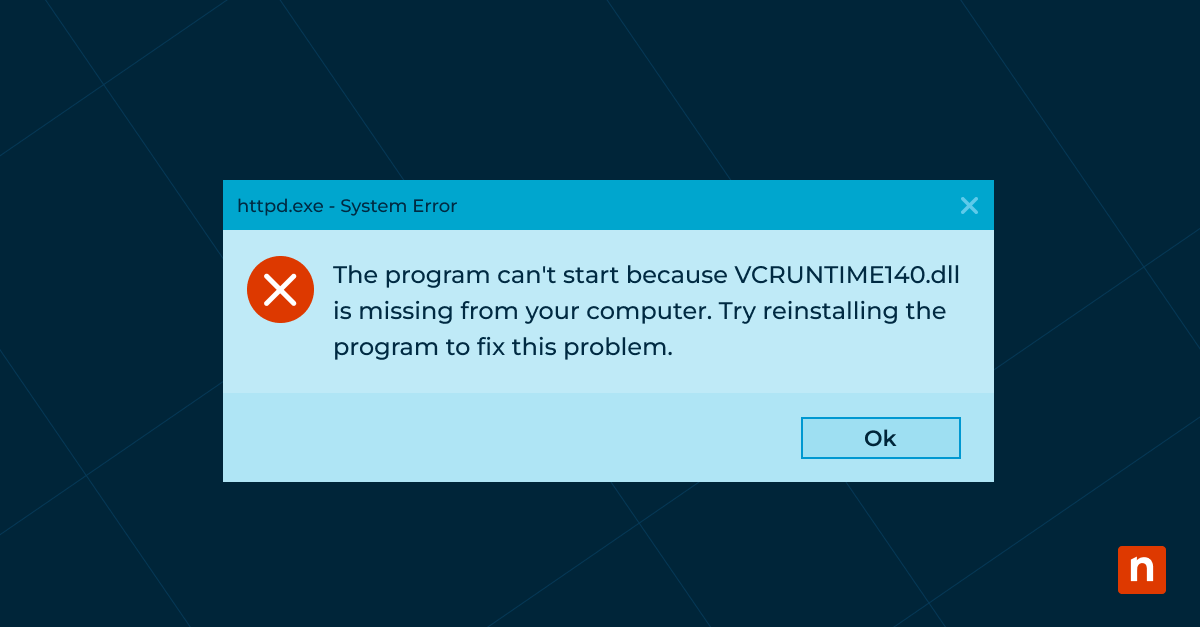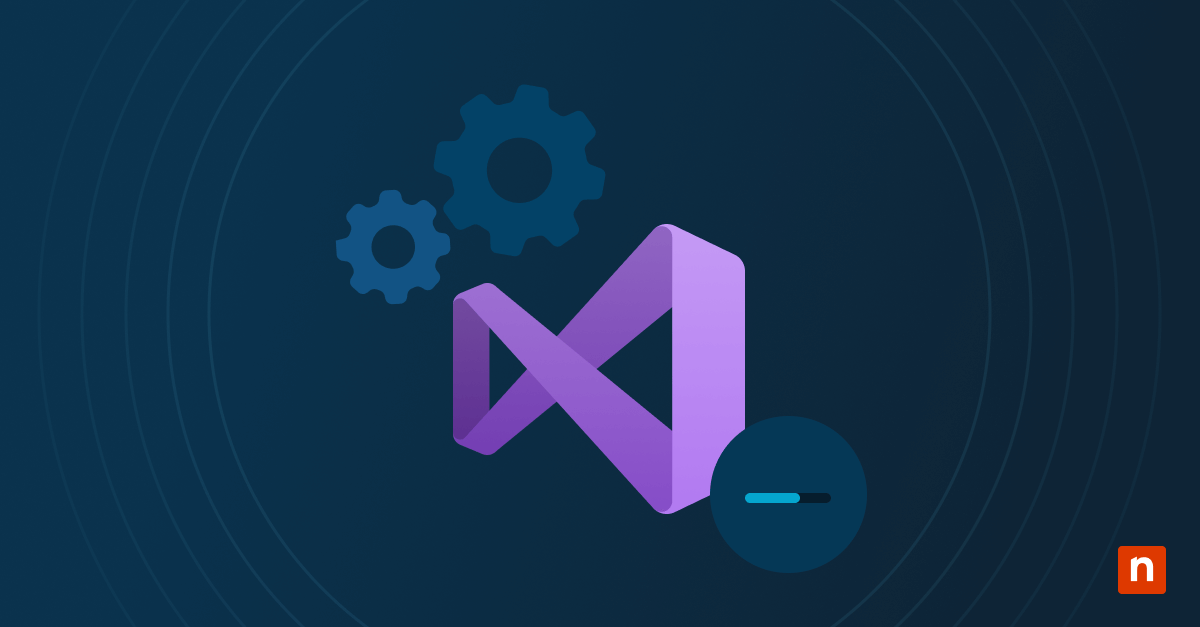There’s an actual person on the other end of that helpdesk ticket. We all know it, but that fact often gets lost over time. And it shouldn’t.
Many MSPs place their focus on the tools and technology that make being an MSP possible. Terms like “multi-tenancy”, “remote”, and “automation” get MSPs excited, but if you were to try to sell a customer on the basis of the functionality and benefits these terms imply, would you make the sale? I doubt it, as most customers aren’t looking for an MSP to come in and install a bunch of tools; they are looking for someone who wants to partner with them to ensure their employees are secure and productive, making the business successful.
To accomplish this, you need to focus on providing your services in a way that specifically takes the “human factor” into consideration. You can certainly create a streamlined business process that is the most efficient, productive, and profitable. But, does it take into consideration whether interacting with your helpdesk and your techs is a pleasant experience for the customer’s employees? Do your methods of problem resolution have the user’s productivity in mind? If it doesn’t, you may find your customers seeking assistance with a competitor.
The goal for each and every opened helpdesk ticket isn’t just to fix it and close the ticket. It should be about the employee having a pleasant experience throughout what I’m going to call the “problem lifecycle”. From the moment the employee reaches out to let you know they are having a problem, to the time and method taken to fix the issue, to when the issue is resolved and the ticket closed – designing a process that keeps the human on the other end in mind will improve customer satisfaction.
There are four areas I see that highlight the human factor in servicing your customers:
- Make it easy for customers to report problems – The employee having an issue doesn’t want to tie up their day by opening a helpdesk ticket. You need the ticket; they just need the problem solved. Having a way for tickets to be submitted very easily that includes the needed problem detail. The only standard of calling a helpdesk and opening a ticket is over; there are lots of ways integrated into RMM solutions that can automate this process directly from the employee’s machine.
- Empower Self-Service – We’re working in the generation after Shadow IT. That means you have some very tech-savvy users who may not necessarily need your techs to address an issue but do need some help pointing them in the right direction to solve it themselves quickly. Having a knowledgebase, or easy-to-execute ready-made scripts lying in wait for savvy users to leverage may be a great way to speed up the resolution process while actually lowering the cost of supporting that user. Everyone wins.
- Respond to customer issues quickly – Assuming you have the ability to be made aware of a problem almost in real-time, you need to be able to address the problem, in context, within as short a period as possible. Using integrated solutions (such as your RMM, PSA, and ticketing) means your team not only is made aware of the problem, but has supporting detail, and a direct means to remotely connect to and support the machine of the user in question. With the technology available today, your goal is to be able to be notified and begin connecting to the user’s machine within double-digit seconds. It doesn’t mean your business has (or needs) a sub-one-minute SLA; just that you want the technology in place that facilitates this level of responsiveness should you need it.
- Allow the customer to keep working – The use of remote screen-share sessions as a means to address an issue usually means the user is unproductive. Sure, in some cases, it’s absolutely necessary to take complete control and work in the context of the user having the problem. But, in many cases, issues can be addressed via alternate RDP sessions, or even completely in the background using other means like remote command line, remote process management, etc. Including the use of alternative support methods as part of your resolution process allows the customer to remain productive to a greater extent than them sitting and watching your tech fix a problem.
MSP Customer Service: Include “Human” With Your Service
Shifting the way you deliver user-facing services requires a change in process and, for some of you, a change in the technology used. At a minimum, start with the processes. Consider whether your current standardized means of support is best for the user. Talk to your customer and inquire whether users are happy with the service. Ask your customers how they think you could change your service delivery to make their users more productive.
Take a fresh look at the technology you use, from the lens of user productivity. Are there uninstalled or unused options that empower user self-service? Simplified ticket creation? Remote management rather than screen share? And, if your current tech simply doesn’t have user-centric features, it may be time to look for something new to elevate your user IT support business.
User expectation has become a driving force dictating what applications and services internal IT teams need to provide and support. This same expectation has made its way to outsourced IT, with users wanting easier ways to interact with their technology partners. Users want their problems solved in a way that meets their needs. So, this need to add the human factor into your services isn’t just a good idea; it’s a necessary part of service delivery that you’re going to want to get in front of.





